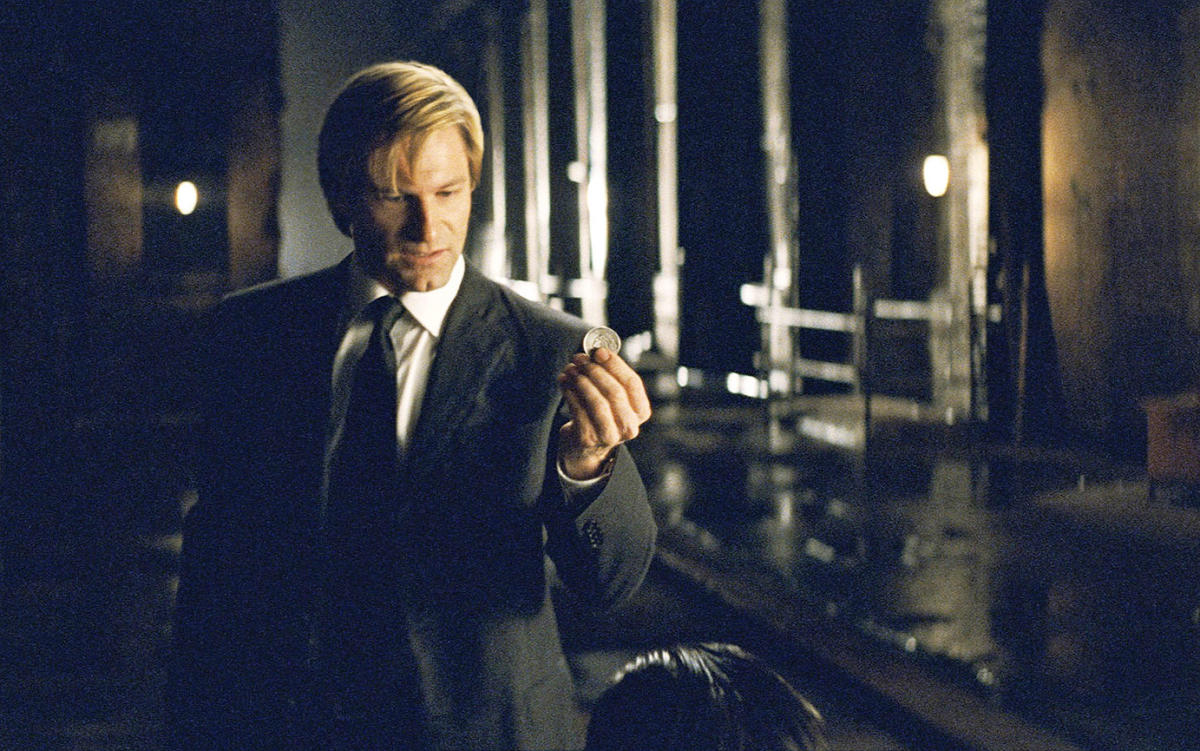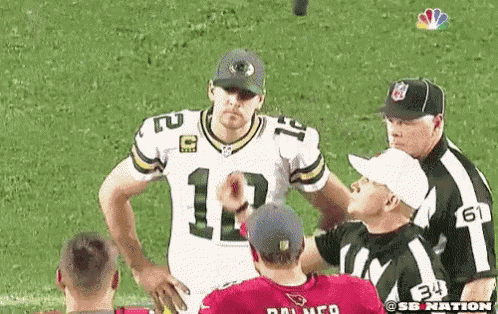They might as well tell us Metric isn't really our future at this point...
Conventional wisdom about coin flips may have been turned on its head. A global team of researchers investigating the statistical and physical nuances of coin tosses worldwide concluded (via Phys.org) that a coin is 50.8% likely to land on the same side it started on, altering one of society’s most traditional assumptions about random decision-making that dates back at least to the Roman Empire.
The team appeared to validate a smaller-scale 2007 study by Stanford mathematician Persi Diaconis, which suggested a slight bias (about 51 percent) toward the side it started on. The authors of the new paper conducted 350,757 flips, using different coins from 46 global currencies to eliminate a heads-tail bias between coin designs. (They also used a variety of people to rule out individuals with biased flipping techniques corrupting the results.) Regardless of the coin type, the same-side outcome could be predicted at 0.508, which rounds up perfectly to Diaconis’ “about 51 percent” prediction from 16 years ago.

 www.engadget.com
www.engadget.com
Conventional wisdom about coin flips may have been turned on its head. A global team of researchers investigating the statistical and physical nuances of coin tosses worldwide concluded (via Phys.org) that a coin is 50.8% likely to land on the same side it started on, altering one of society’s most traditional assumptions about random decision-making that dates back at least to the Roman Empire.
The team appeared to validate a smaller-scale 2007 study by Stanford mathematician Persi Diaconis, which suggested a slight bias (about 51 percent) toward the side it started on. The authors of the new paper conducted 350,757 flips, using different coins from 46 global currencies to eliminate a heads-tail bias between coin designs. (They also used a variety of people to rule out individuals with biased flipping techniques corrupting the results.) Regardless of the coin type, the same-side outcome could be predicted at 0.508, which rounds up perfectly to Diaconis’ “about 51 percent” prediction from 16 years ago.
Coin flips don’t appear to have 50/50 odds after all
A large team of researchers concluded that, when caught in the air, coin flips are 50.8% likely to land on the same side that started facing upwards.



